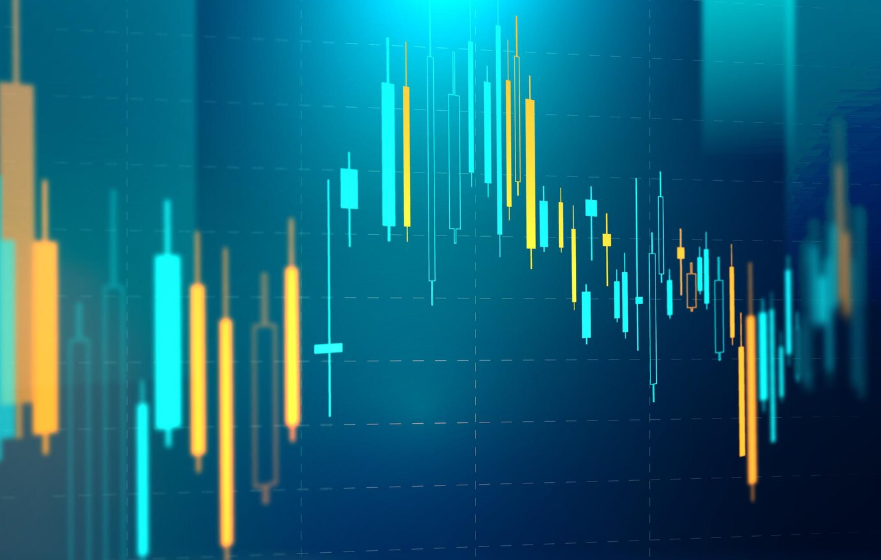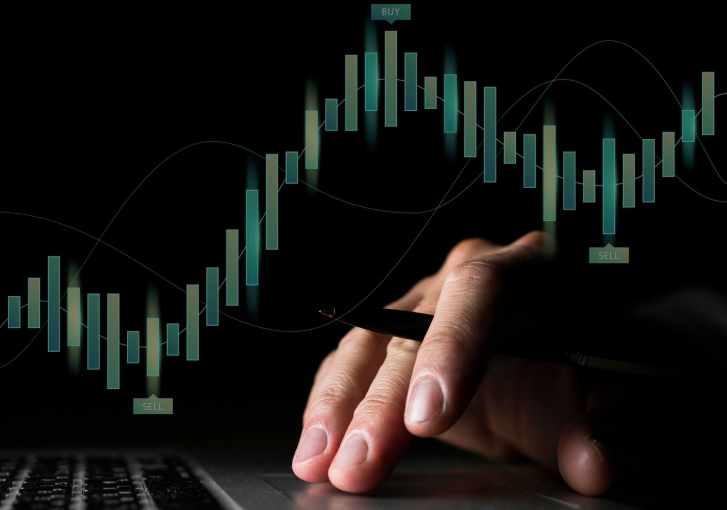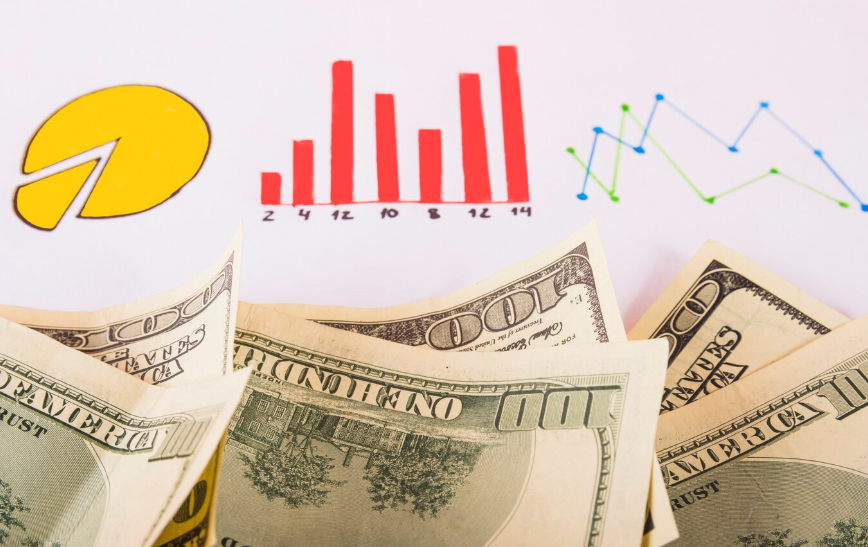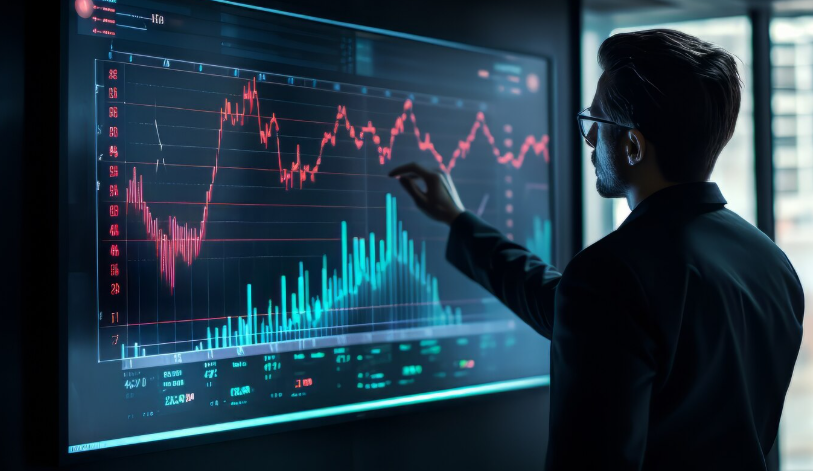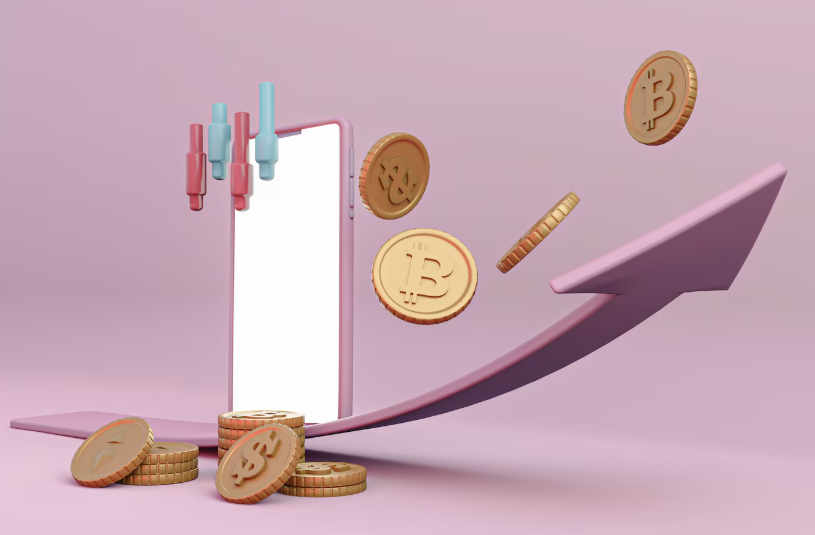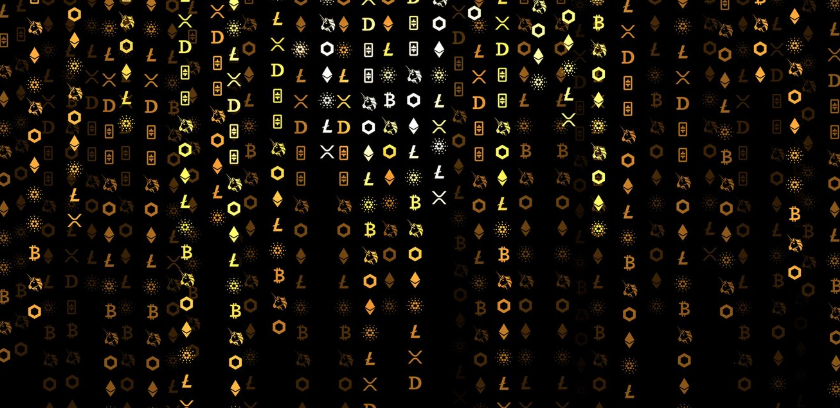We live in an age of filters, face-tuning, curated feeds, and perfectly crafted narratives. From the dazzling sheen of celebrity Instagrams to the subtly enhanced lighting of a professional headshot, our digital world is meticulously edited. In this landscape, the word “authenticity” gets thrown around a lot. But what does it truly mean to be authentic when so much of what we consume, and even produce, is painstakingly refined before it ever sees the light of day?
It’s a question that plagues creators, consumers, and anyone trying to navigate their identity online.
The Illusion of Imperfection
For a long time, authenticity in the digital realm was often equated with raw, unedited imperfection. “No filter” became a badge of honor. But even “no filter” can be a performance. The messy bun carefully arranged, the “spontaneous” laugh captured in perfect lighting – these can be just as curated as a fully Photoshopped image. We’ve become so accustomed to perfection that even carefully constructed imperfection can feel like a refreshing (and often strategic) break.
The truth is, editing is an inherent part of communication. Writers edit their prose, photographers edit their images, filmmakers edit their scenes. The problem arises when editing becomes deception, leading to an unattainable ideal or misrepresenting reality in a harmful way.
Where Does the Line Lie?
So, if editing isn’t inherently inauthentic, what is?
- Truthfulness, Not Perfection: Authenticity isn’t about revealing every single flaw or always appearing “natural” in a visual sense. It’s about being truthful to who you are, what you believe, and what you represent. It’s about the underlying message and intention, not just the surface-level polish. Can you still recognize the core of the person or message, even with the edits?
- Values Over Aesthetics: A truly authentic brand or individual online is one whose actions align with their stated values. If you preach self-love but constantly promote unattainable beauty standards, there’s an authenticity gap. If you talk about sustainability but engage in highly wasteful practices behind the scenes, your authenticity is compromised.
- Vulnerability, Not Victimhood: Sharing struggles or moments of vulnerability can be incredibly authentic, as it builds connection and relatability. However, there’s a fine line between genuine vulnerability and performative victimhood or oversharing for attention. Authenticity in this context is about sharing with purpose, to connect or teach, rather than simply to elicit sympathy.
- Consistency in Character: Does your online persona match your offline self, at least in core aspects? While we all present different facets of ourselves in different contexts, a stark disconnect between your digital self and your real self can erode authenticity over time, both for you and for those interacting with you.
- Transparency Where it Matters: If you’re using AI tools, heavy filters, or sponsored content, true authenticity often lies in disclosing these things. Transparency builds trust, even if the content itself is heavily manipulated. It acknowledges the “heavily edited world” and chooses to operate within it honestly.
The New Authenticity: Intentional and Values-Driven
In this heavily edited world, authenticity isn’t about abandoning all forms of polish or presentation. It’s about a deeper commitment to truthfulness, transparency, and aligning your outward presentation with your inner values and intentions.
It’s about making conscious choices about what you edit and why. Are you editing to enhance clarity, beauty, or impact? Or are you editing to deceive, to create a false impression, or to conform to an ideal that isn’t truly yours?
Ultimately, true authenticity in our digital age is less about what you show and more about who you are and the genuine connection you foster. It’s a commitment to integrity in a world that often prioritizes perception over reality. And that, perhaps, is the most powerful filter of all.


